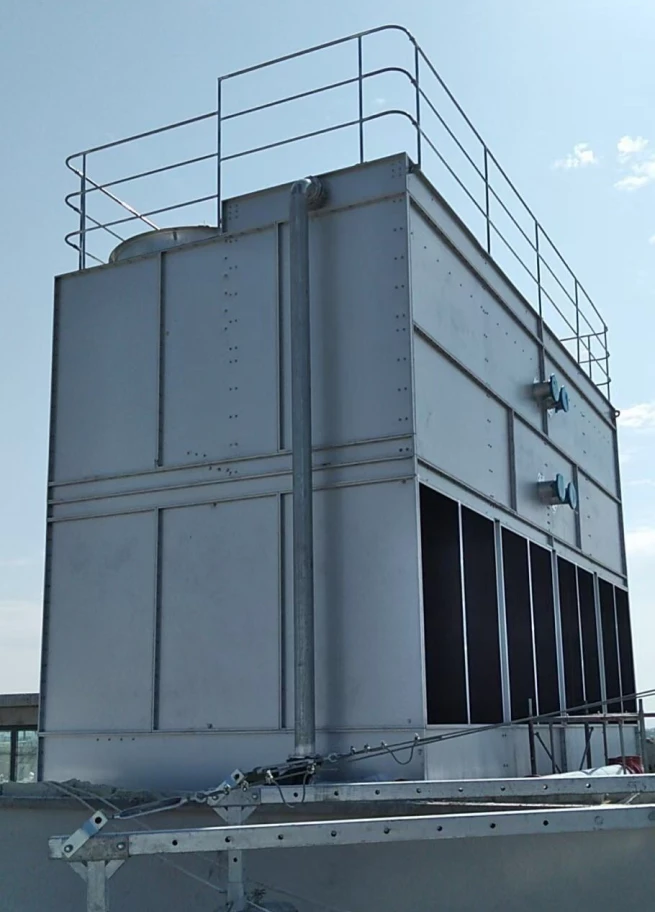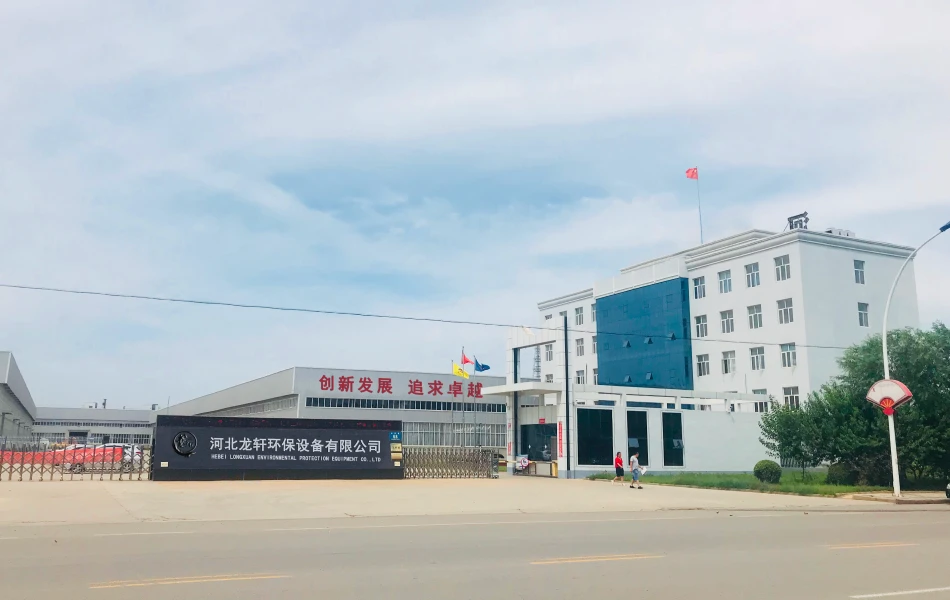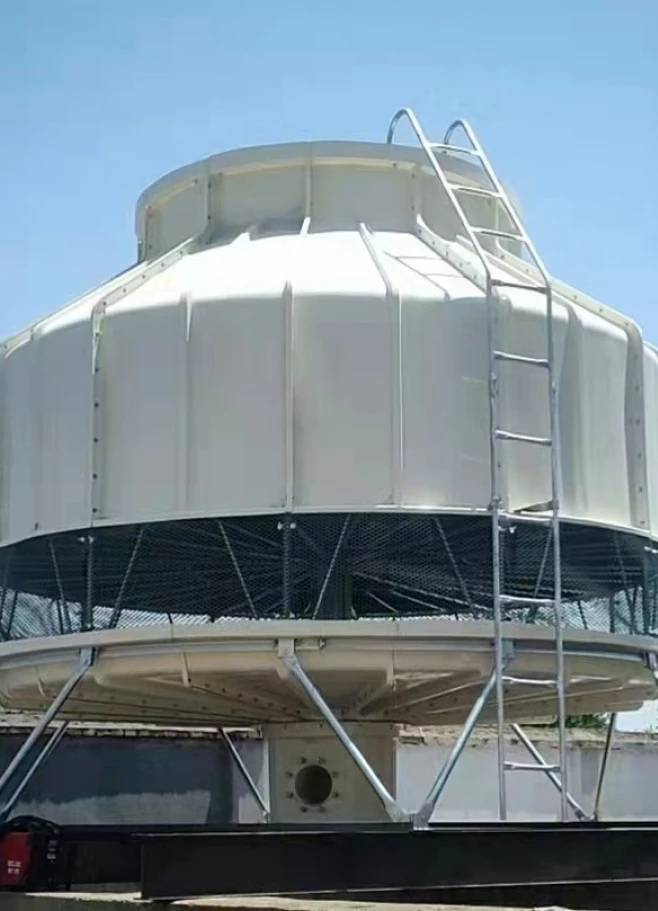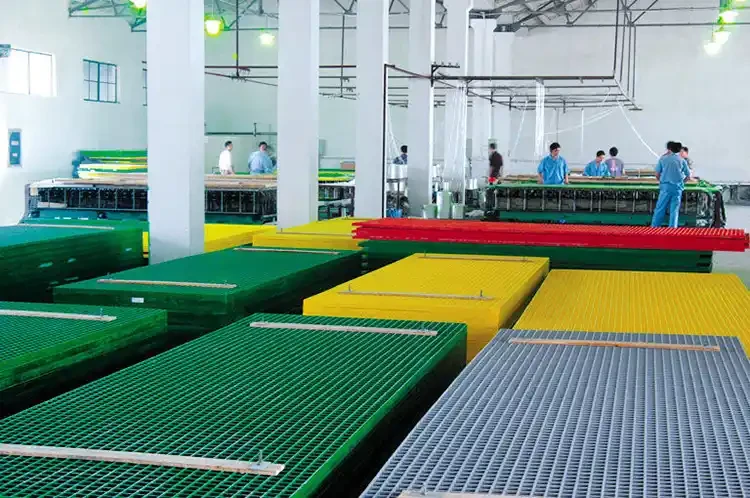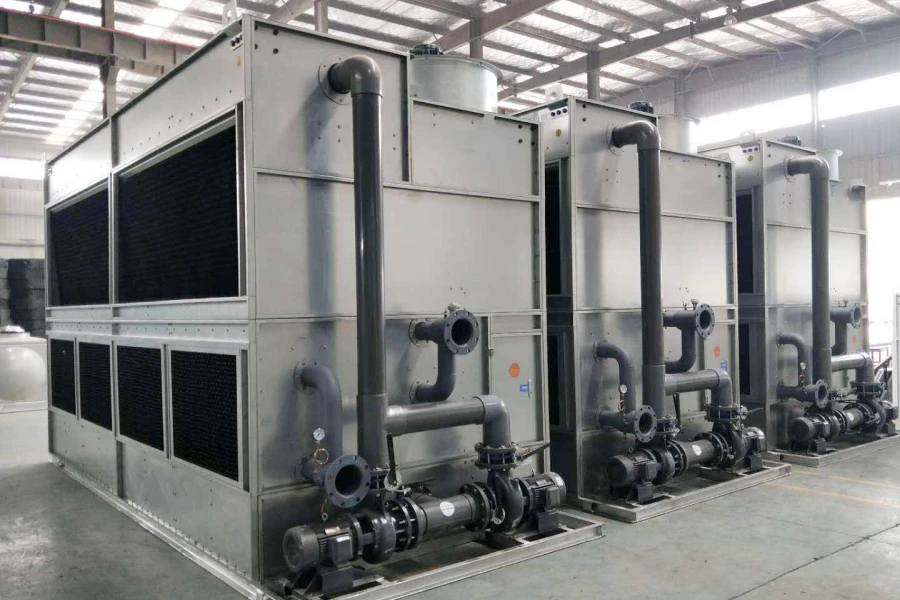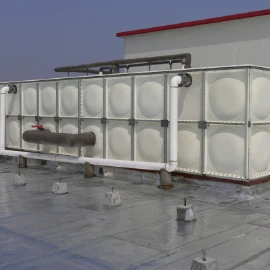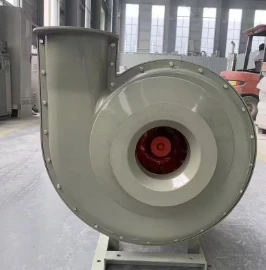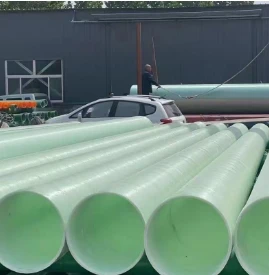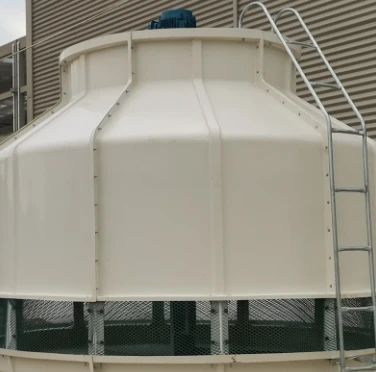

We Are Open 24 Hours a Day, 7 Days a Week, Including Weekends and Public Holidays.
- Comprehensive introduction to induced draft counterflow cooling technology
- Fundamental design principles and operational mechanics
- Performance metrics and efficiency benchmarks
- Technical advantages over alternative cooling systems
- Comparative analysis of leading manufacturers
- Custom engineering solutions for industry-specific needs
- Documented field applications and operational results
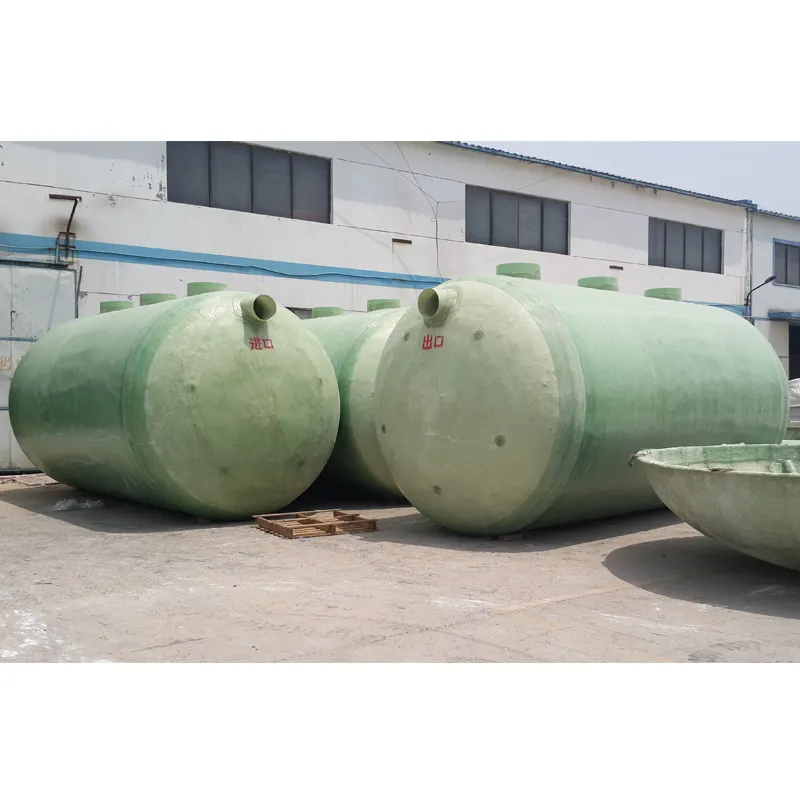
(cooling tower induced draft counterflow)
Understanding Cooling Tower Induced Draft Counterflow Mechanics
Induced draft counterflow cooling towers represent the pinnacle of thermal management engineering, utilizing specific airflow patterns to optimize heat dissipation. These systems employ powerful fans mounted at the discharge plenum which create negative pressure, pulling air vertically upward against the downward flow of water. This intentional opposition of currents maximizes thermal transfer efficiency through extended contact exposure between air and water media. The counterflow design ensures warmer water first encounters cooler air at the bottom intake, then progressively interacts with warmer air moving upward, creating logarithmic mean temperature difference conditions ideal for heat rejection.
Material engineering plays a crucial role in component durability, with modern models featuring PVC-filled towers with epoxy-coated structural steel frameworks. The directional water distribution system – typically pressurized nozzles with non-clogging orifices – ensures uniform liquid film coverage across the entire fill surface area. Industry research confirms a 6-8°F approach temperature superiority over crossflow designs under identical load conditions. Maintenance accessibility is engineered through strategically located access doors and removable fan stacks that reduce downtime during service procedures by approximately 35% compared to integrated designs.
Architectural Principles Behind Tower Performance
Counterflow induced draft cooling tower efficiency derives from meticulous optimization of spatial relationships within the structural envelope. The vertical arrangement stacks critical components with precision: pressurized spray nozzles occupy the highest position, followed sequentially by distribution pans, high-efficiency fill media, collection basin, and finally the induced draft fan assembly. This elevation differential creates natural gravitational assistance throughout the water path while minimizing pump energy expenditure. Modern fill configurations employ vacuum-formed PVC sheets in vertical corrugated patterns, achieving 45% greater surface contact area than traditional splash-type fills.
Computational fluid dynamics optimizes every aspect of the design cycle. Tower casings feature aerodynamic inlet louvers that accelerate air intake velocities while preventing water escape – a critical factor maintaining operational stability in challenging wind conditions. Internal vapor separators capture up to 0.0005% drift loss, significantly outperforming the CTI's maximum allowable threshold. Structural integrity calculations incorporate seismic safety factors of 1.5 times zone requirements and wind load ratings exceeding 140 mph for Gulf Coast installations. These engineering safeguards ensure 95% structural integrity retention after 20 years of continuous operation.
Quantifiable Performance and Efficiency Benchmarks
Documented operational data establishes clear performance advantages for induced draft counter flow cooling tower systems. Independent laboratory tests verify consistent approach temperatures within 5-7°F of ambient wet bulb temperatures at standard 3GPM per ton flow rates – a 13-17% improvement over crossflow alternatives. This thermal efficiency translates directly to operational savings, with a typical 500-ton unit achieving 15-20% reduced energy consumption annually. Water conservation metrics prove equally impressive: the combination of advanced drift eliminators and efficient cycles of concentration maintenance reduces make-up water requirements by approximately 25,000 gallons per day in standard industrial installations.
| Performance Metric | Counterflow Induced Draft | Crossflow Forced Draft | Natural Draft Hyperbolic |
|---|---|---|---|
| Approach Temperature (°F) | 5-7 | 7-10 | 10-15 |
| Wet Bulb Approach Efficiency | 92-94% | 84-88% | 75-80% |
| Energy Consumption (kW/ton) | 0.08-0.12 | 0.10-0.16 | 0.01-0.03 |
| Water Savings (gal/day/ton) | 42-48 | 28-35 | 15-20 |
| Footprint Efficiency (sq ft/ton) | 2.5-3.2 | 3.5-4.0 | 15-25 |
Technical Advantages Over Alternative Cooling Systems
The strategic airflow configuration in cooling tower induced draft counterflow
designs delivers multiple operational advantages. Downward water flow against upward air currents produces highly efficient thermal transfer that allows compact footprints - typically 35-40% smaller than equivalent crossflow units. The enclosed plenum design prevents air bypass while maintaining consistent pressure gradients throughout the fill matrix, eliminating performance variations during wind gusts up to 30 mph. Maintenance reductions prove significant: upward-moving air keeps fill surfaces cleaner by preventing debris accumulation that typically plagues crossflow designs, translating to 42% longer intervals between mechanical cleaning cycles.
These systems demonstrate particular resilience in water quality challenges. The counterflow configuration minimizes scaling potential through uniform water distribution that prevents localized concentration gradients. Variable frequency drive fan control provides precise temperature modulation without compromising airflow balance across the fill surface. Modern versions incorporate automated water treatment systems with real-time monitoring of key parameters: conductivity control maintains cycles of concentration between 4-7, while automatic biocide dosing responds to biological activity sensors. These features collectively reduce chemical treatment costs by 30-35% annually while protecting against scale, corrosion, and biological fouling in challenging water conditions.
Industrial Manufacturer Comparison Analysis
| Manufacturer | Frame Warranty | Corrosion Protection | Max Flow Range (GPM) | Standard Fan Efficiency | Lead Time (Weeks) |
|---|---|---|---|---|---|
| Delta Cooling Towers | 20 Years | Triple Epoxy + Galvanization | 50-12,000 | 89-92% | 10-12 |
| SPX Cooling Tech | 15 Years | Hot-Dip Galvanization | 150-20,000 | 85-88% | 14-18 |
| Evapco Industries | 25 Years | Fiberglass-Reinforced Polymer | 100-15,000 | 90-93% | 16-20 |
| Baltimore Aircoil | 15 Years | Electrostatic Epoxy | 75-10,000 | 88-90% | 12-14 |
Customized Engineering for Specific Applications
Beyond standardized designs, induced draft counterflow cooling tower technology offers extensive customization capabilities for challenging environments. In coastal installations, manufacturers implement enhanced corrosion protection protocols including sacrificial zinc anodes, triple-layer epoxy coatings with polyurethane topcoat, and stainless steel fasteners throughout the structural assembly. For power generation facilities requiring extreme capacity, modular configurations combine multiple cells sharing common basins while operating independently – a configuration enabling simultaneous redundancy and 100% redundancy with N+1 operation. These installations regularly achieve flow capacities exceeding 20,000 GPM with less than 1°F temperature variance between cells.
Specialized industrial processes demand tailored solutions: petrochemical plants incorporate explosion-proof components certified for Class I Division 1 environments, while semiconductor manufacturing requires ultra-low particulate designs with HEPA-filtered air inlets and non-shedding materials throughout the water path. Food processing applications implement USDA-compliant materials with continuous basin cleaning systems. Arctic adaptations feature immersion heaters, basin steam coils, and specialized ice prevention louvers that maintain operation down to -40°F ambient temperatures. These custom modifications typically add 15-30% to baseline equipment costs but deliver 50-75% operational savings over conventional towers in extreme conditions.
Field Applications and Operational Case Studies
Documented installations validate the cooling tower induced draft counterflow performance across industries. A Midwest power generation facility retrofitted its condenser cooling system with counterflow induced draft technology resulting in 8.6% improvement in thermal efficiency, translating to $285,000 annual fuel savings at 450MW capacity. Water consumption decreased by 14 million gallons annually through improved cycles of concentration management – a conservation achievement recognized by the EPA's Energy Star program. Maintenance reports show 57% reduction in chemical cleaning interventions and complete elimination of winter icing issues that previously plagued their crossflow system.
Commercial installations demonstrate similar success metrics. A 1.2 million sq ft hospital complex in Texas achieved LEED Gold certification after installing counterflow induced draft cooling towers with VFD-controlled axial fans. The project documented 28% reduction in chiller plant energy consumption while maintaining precise 42-45°F supply water temperatures despite extreme wet bulb conditions. The facilities director reported a 24-month ROI from energy savings alone. Industrial applications include a major chemical processor that eliminated $35,000 monthly in acid cleaning costs after transitioning to counterflow technology with automated water treatment control, while simultaneously extending heat exchanger service life by 40% through improved water chemistry management.
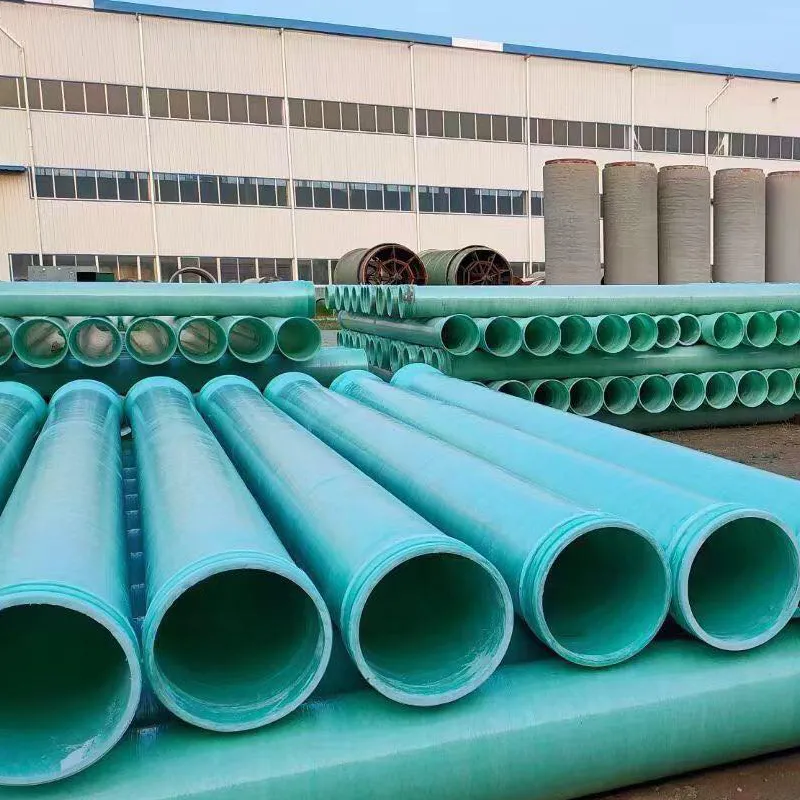
(cooling tower induced draft counterflow)
FAQS on cooling tower induced draft counterflow
Below is an HTML-rich text response containing 5 FAQs based on the core "cooling tower induced draft counterflow" and its related terms (e.g., "counterflow induced draft cooling tower", "cooling tower induced draft counterflow", "induced draft counter flow cooling tower"). Each FAQ consists of a question wrapped in an H3 header starting with "Q:", followed by a concise answer starting with "A:" and limited to three sentences maximum. The structure is designed for clarity and readability using basic HTML formatting.Q: What is a cooling tower induced draft counterflow?
A: A cooling tower induced draft counterflow is a type of heat rejection system where fans at the top pull air upward in the opposite direction to falling water. This counterflow design maximizes heat transfer efficiency by ensuring direct contact between air and water streams. It is ideal for industrial applications requiring effective cooling.
Q: How does a counterflow induced draft cooling tower operate?
A: In this setup, water flows downward through fill media while induced draft fans create an upward air current, enabling a counterflow interaction. This promotes evaporation and efficient cooling as warm water exchanges heat with cool incoming air. The process achieves high performance with minimal energy consumption.
Q: What are the main advantages of an induced draft counter flow cooling tower?
A: Key benefits include superior energy efficiency due to the counterflow mechanism, which enhances heat exchange and reduces fan power. They also feature better drift control and plume suppression for environmental compliance. This makes them cost-effective for large facilities like power plants.
Q: Where is a cooling tower induced draft counterflow commonly used?
A: These cooling towers are typically applied in heavy industries such as power generation, chemical processing, and HVAC systems. Their counterflow design handles large heat loads efficiently in demanding environments. They excel where reliable, high-capacity cooling is essential.
Q: How does an induced draft counterflow cooling tower differ from other types?
A: Unlike forced draft towers, induced draft models position fans at the exit to pull air, reducing drift and noise. The counterflow arrangement outperforms crossflow towers by enabling longer contact time and higher thermal efficiency. This results in lower operating costs and smaller footprints.





Address
20 Xingyuan South Street, Zaoqiang County, Hengshui City, Hebei Province, China














